This time last year I had a chance to stay in Da Nang for a month and got a weekend to discover Hoi An, a well-preserved ancient town in Quang Nam province, about 29 km from Da Nang city.
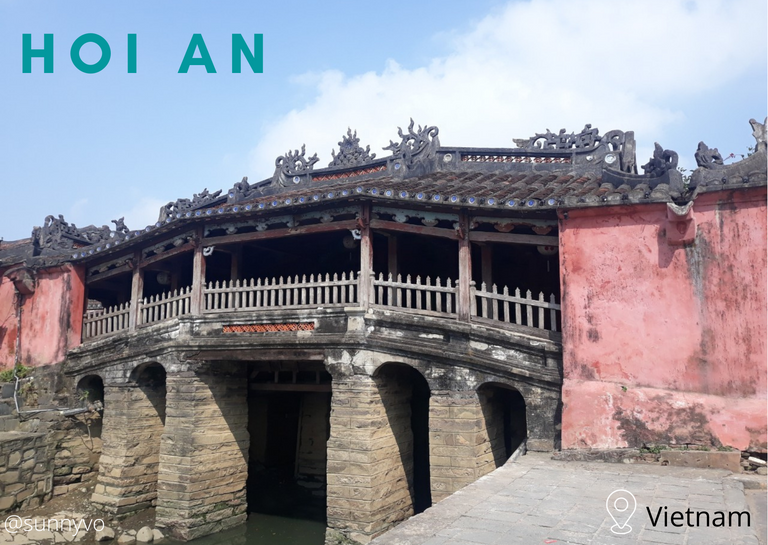
During this time, since the border was closed due to Covid, there were only local people and tourists from nearby areas, most of the shops and businesses were closed, I guessed it was sad seeing this given the bustling town before Covid, but on a plus side, I got to see a different side of this town, calm and peaceful.

UNESCO World Heritage Site
Since it was recognized as a World Heritage Site in 1999, its popularity has increased over the years. When it comes to Hoi An, people may think of the lantern festival, golden-yellow houses, or “Cao Lau” (a special dish here), for me, this land plays an important role in being a witness throughout the country’s history as well as the local history, especial during the 15th and 19th centuries, and its history could reveal a great deal of what to expect in the future.
In this post, I’m going to talk about some important landmarks, cultural sites, local life and some of the highlights of my trip.
The yellow facade
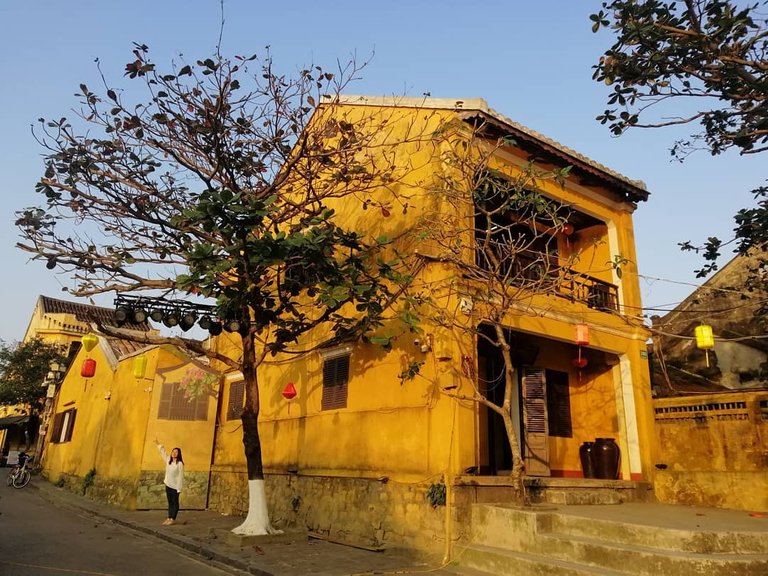
I was surprised to learn that one of the most prosperous times of this town was from the 15th to 18th centuries with the settlement of Japanese and Chinese merchants. However, in the later period under the French colony, the architecture changed in some areas of the town. Now, we can see the fusion among Japanese, Chinese and French architecture in this town. I find it similar to the Old quarter in Hanoi with the Indo-chine architecture. The common ones here are tube houses painted with golden-yellow color.
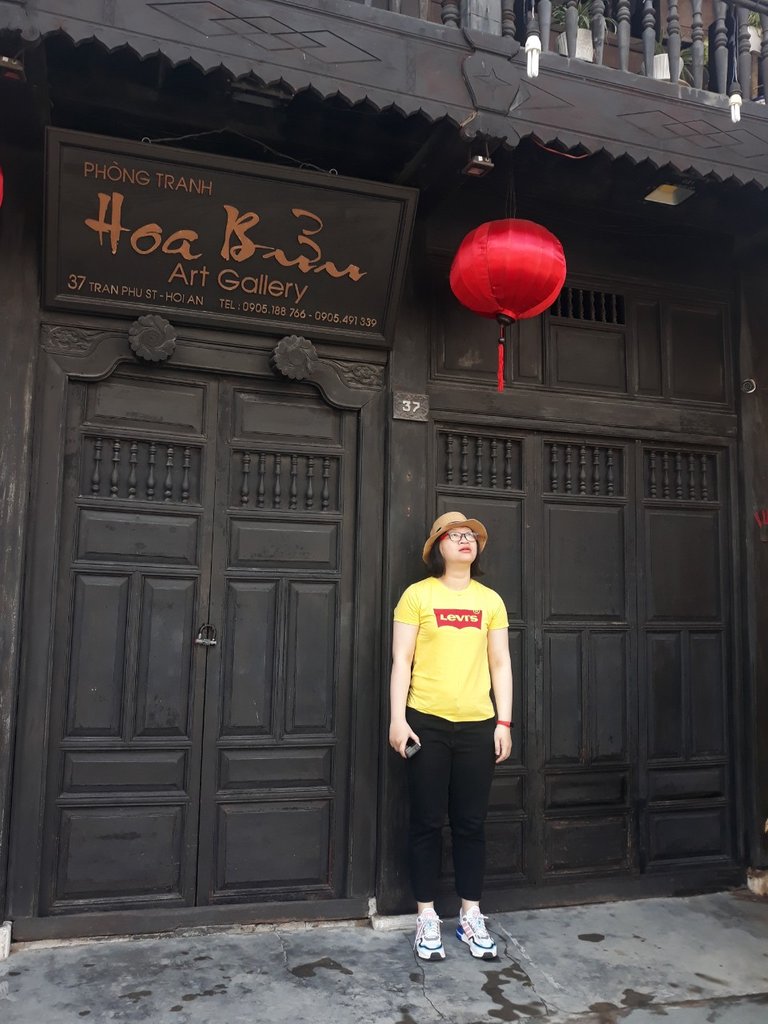
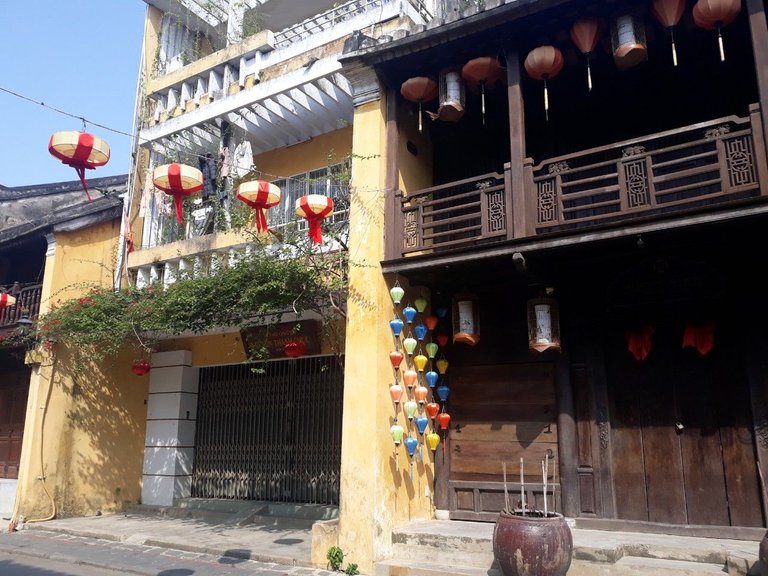
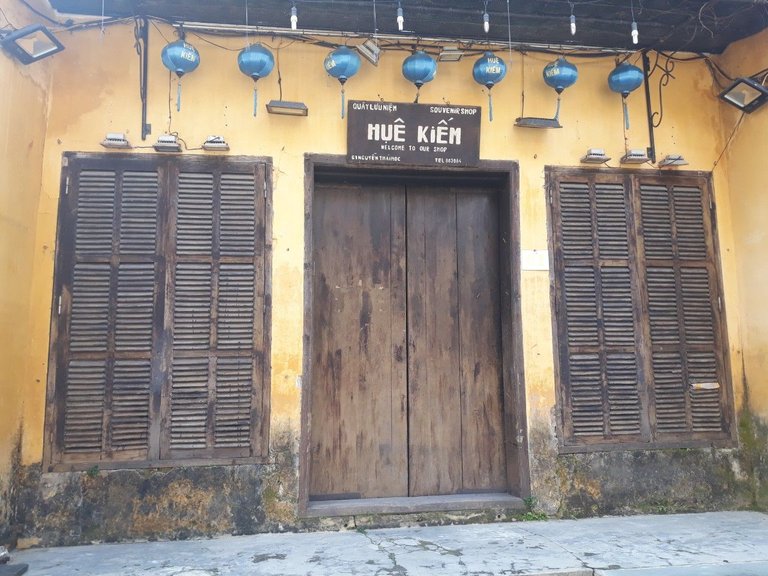
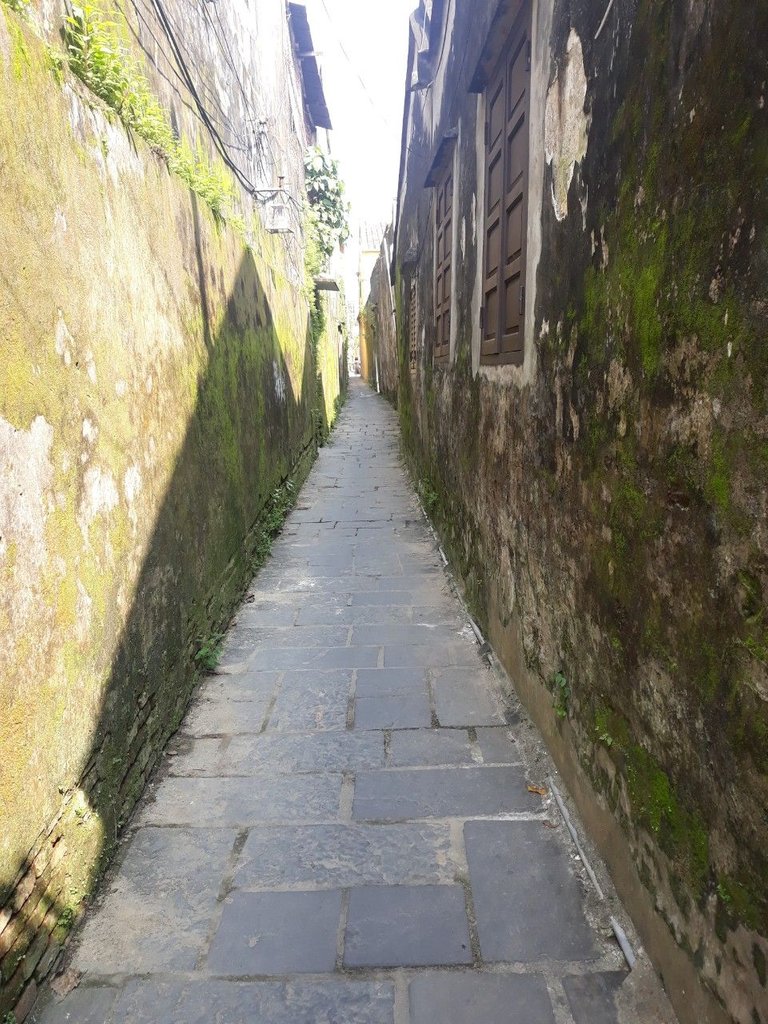
Chùa Cầu — Japanese bridge
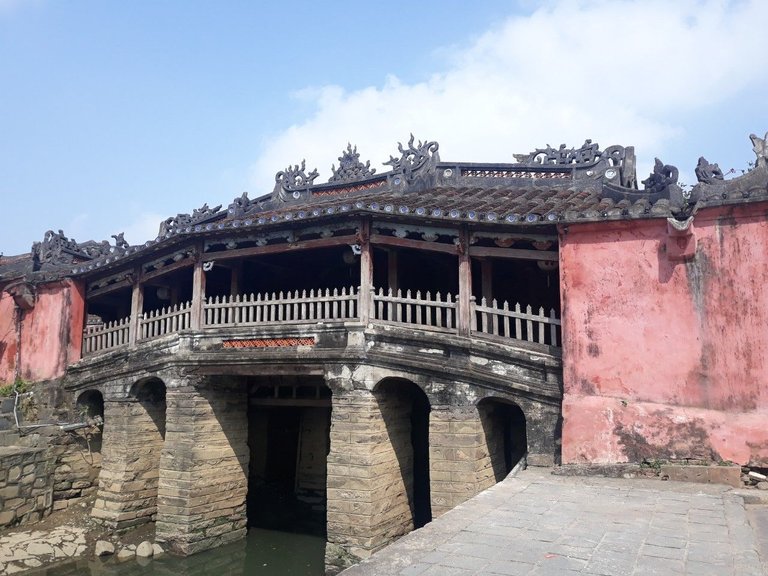
One of the sites that attract a lot of tourists when they visit Hoi An is Chùa Cầu or Japanese bridge. And there is a good reason why it deserves attention here. It is a temple on a bridge, how impressive is that!
The fact that it’s called “Japanese bridge” has already told us who built it, yes, the Japanese. However, this was not the original structure, the temple was later built and restored by Chinese and Vietnamese.
Japanese bridge is also a symbol of Hoi An, and you can also find it on the 20.000 note.
Sightseeing
My sister and I decided to buy the touring ticket to learn more about this lovely town, it usually costs 80.000 VND ~ 3.5 USD for Vietnamese and 150.000 VND ~6.5 USD for foreigners, however, it was 50% discounted at that time to boost the tourism industry after Covid.
The ticket allows the visitor to visit 4 of 21 sites on the map that requires an entrance ticket.
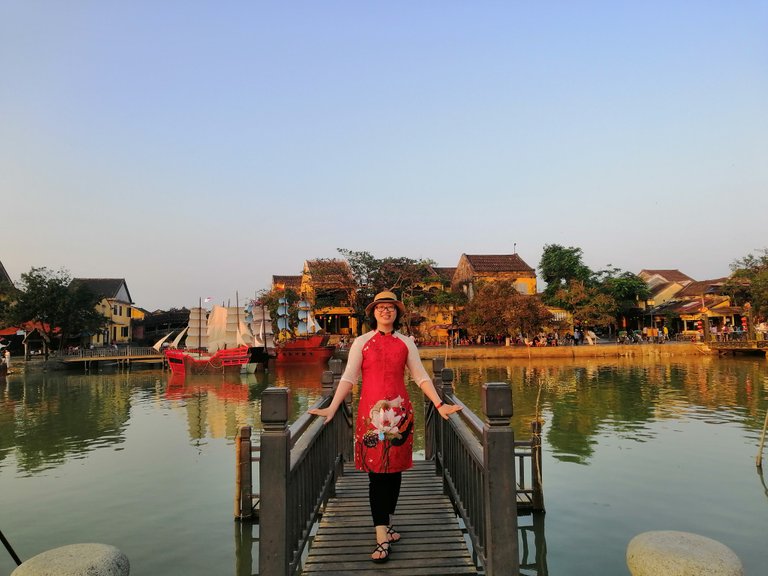
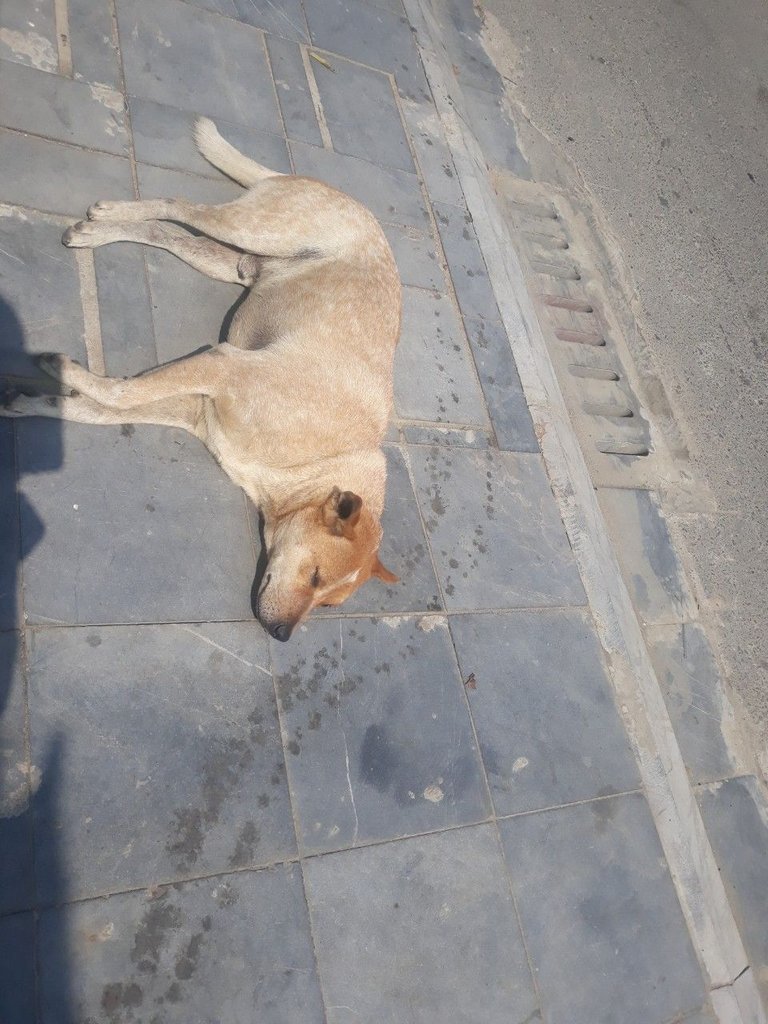
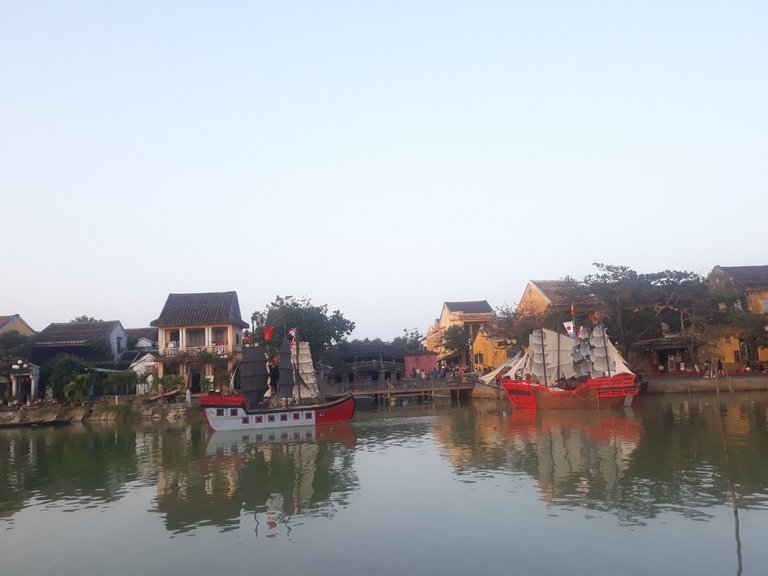
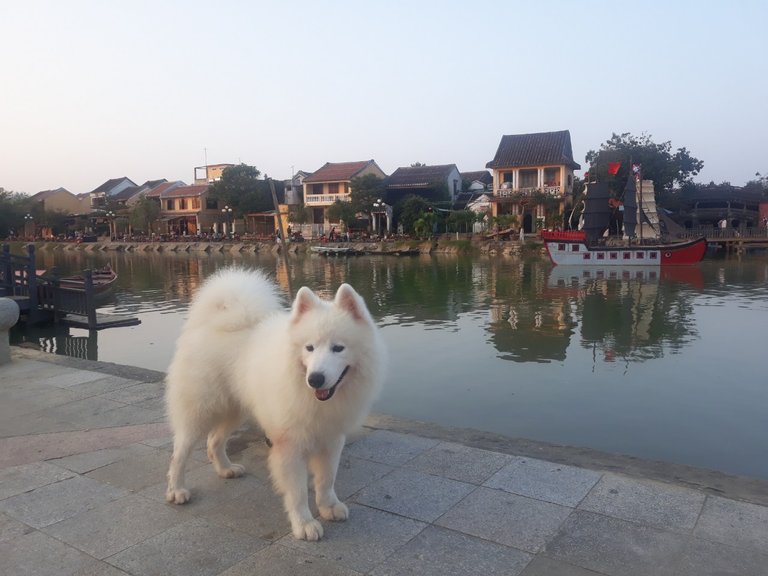
The door eyes
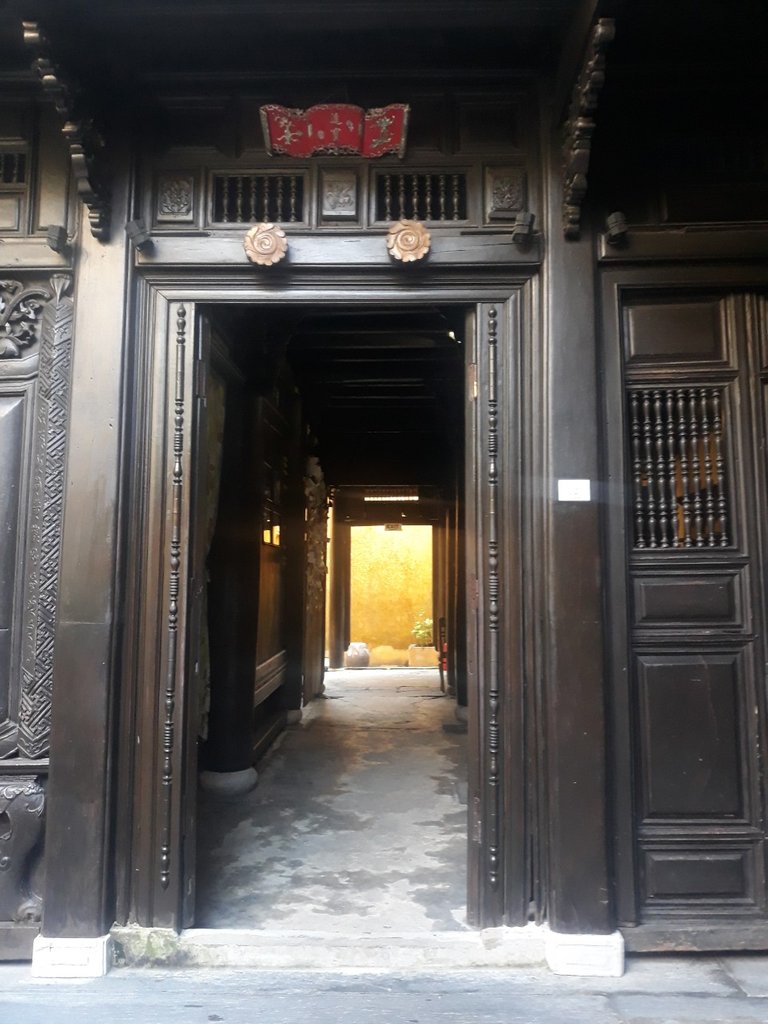
This feature on one of the old houses caught my attention, the tour guide told us that this symbol represents the eyes, which are usually found on the top of the entrance or the door, they work as cameras to watch over the house and protect it.
Lanterns.
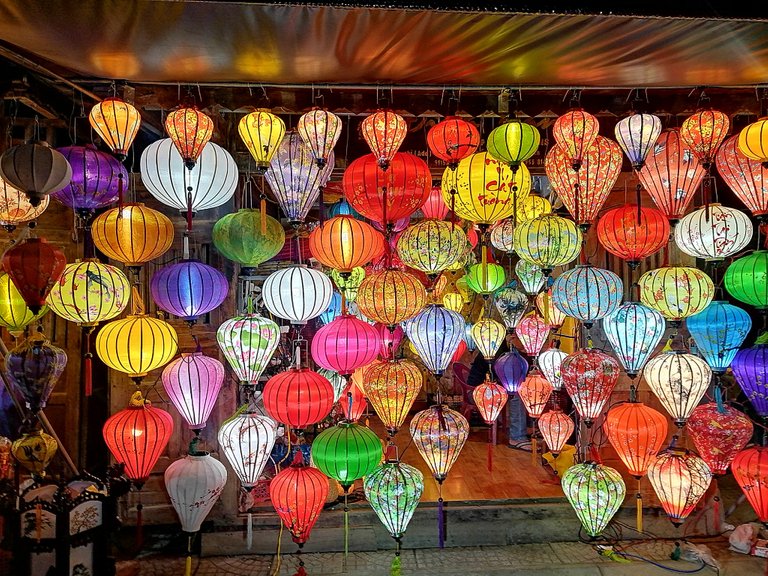
The Japanese and Chinese brought over their lanterns, now, lots of houses in town are decorated with colorful lanterns. There is also a lantern festival that takes place every month on the full moon. If you are in town around this time, you’re in for a treat.
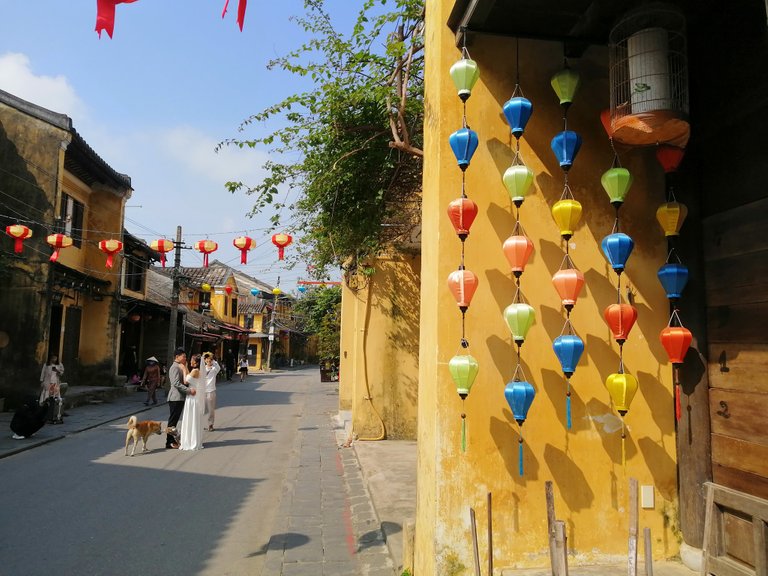
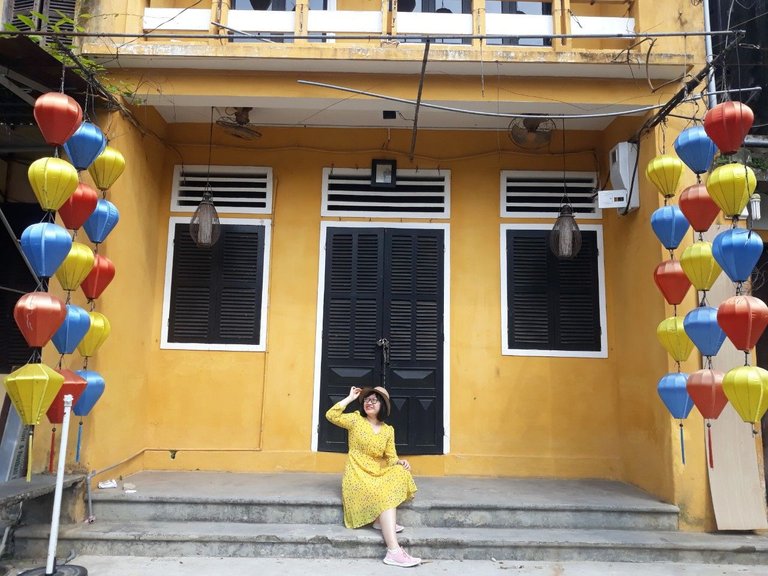
Religions
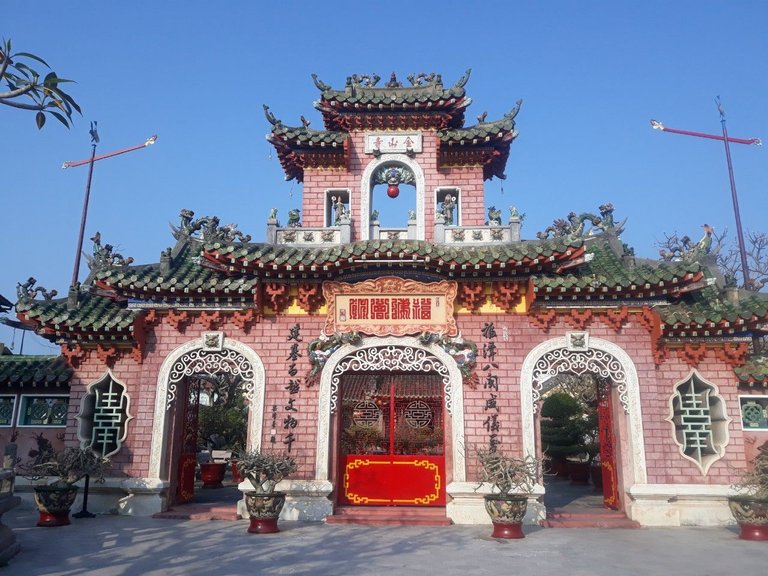
Another thing I found interesting about Hoi An was its religious practices and historical buildings. There are many temples and assembly houses, each one has a different story to tell.
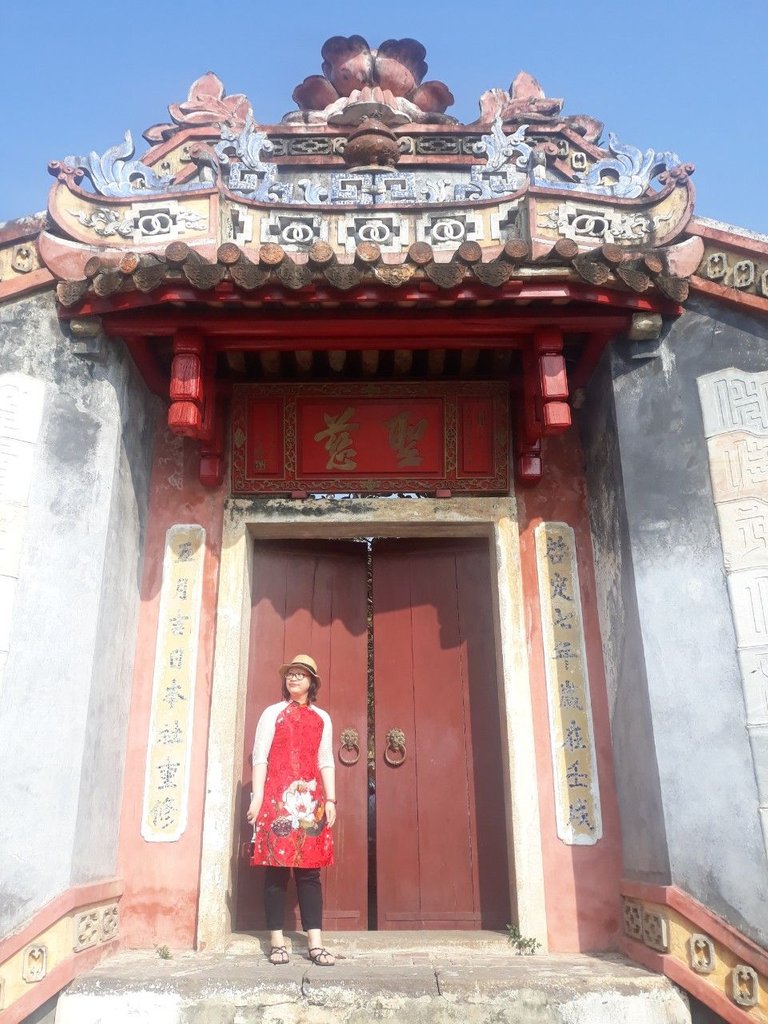
Flooding season
I heard about the flooding season in Hoi An, but not until this trip did I learned how the local people live with it.
The flood often occurs during the rainy season due to torrential rain.
During this time, they usually used a system of pulleys with a metal cage to bring belongings to higher areas in the fastest way possible.
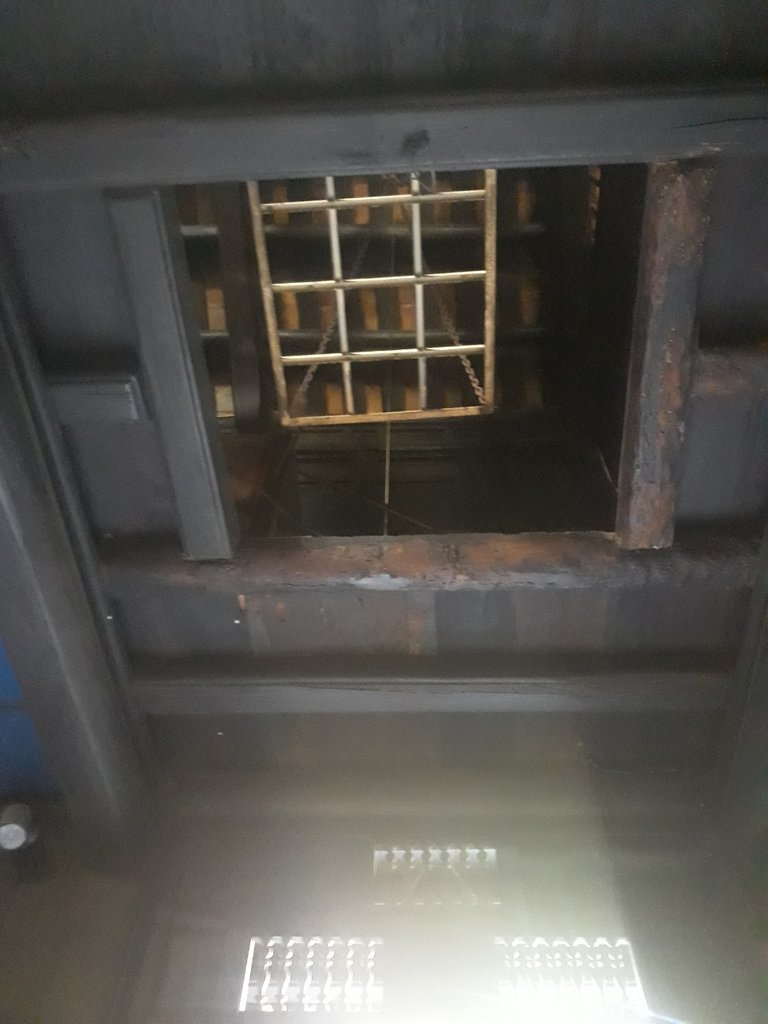

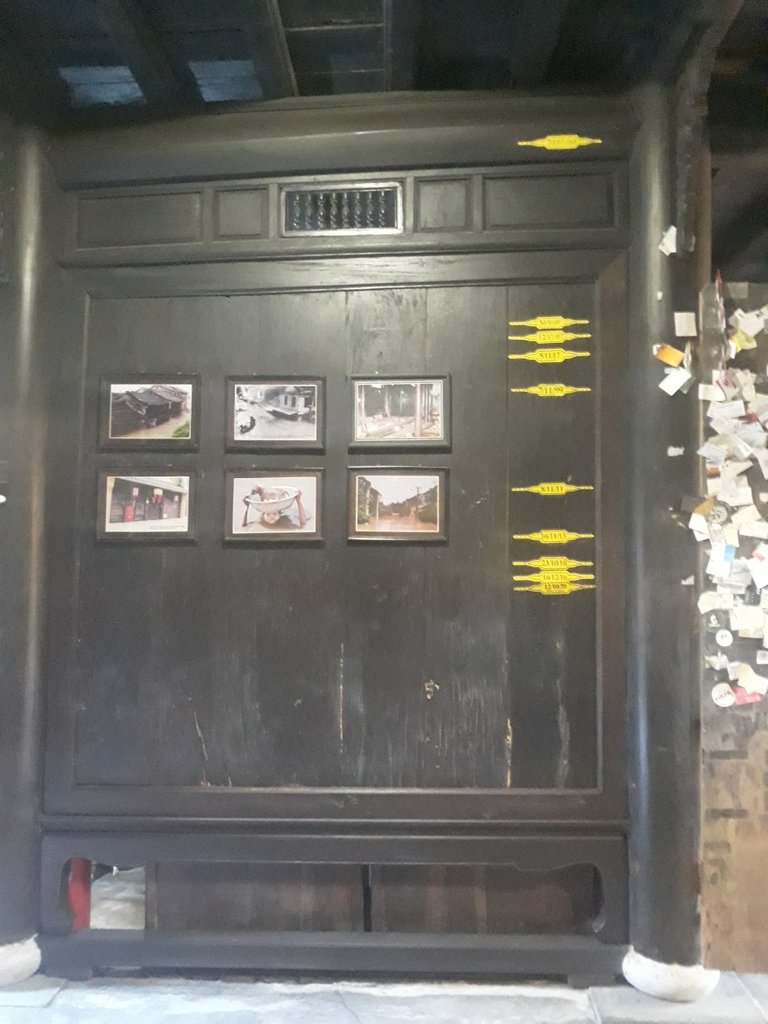
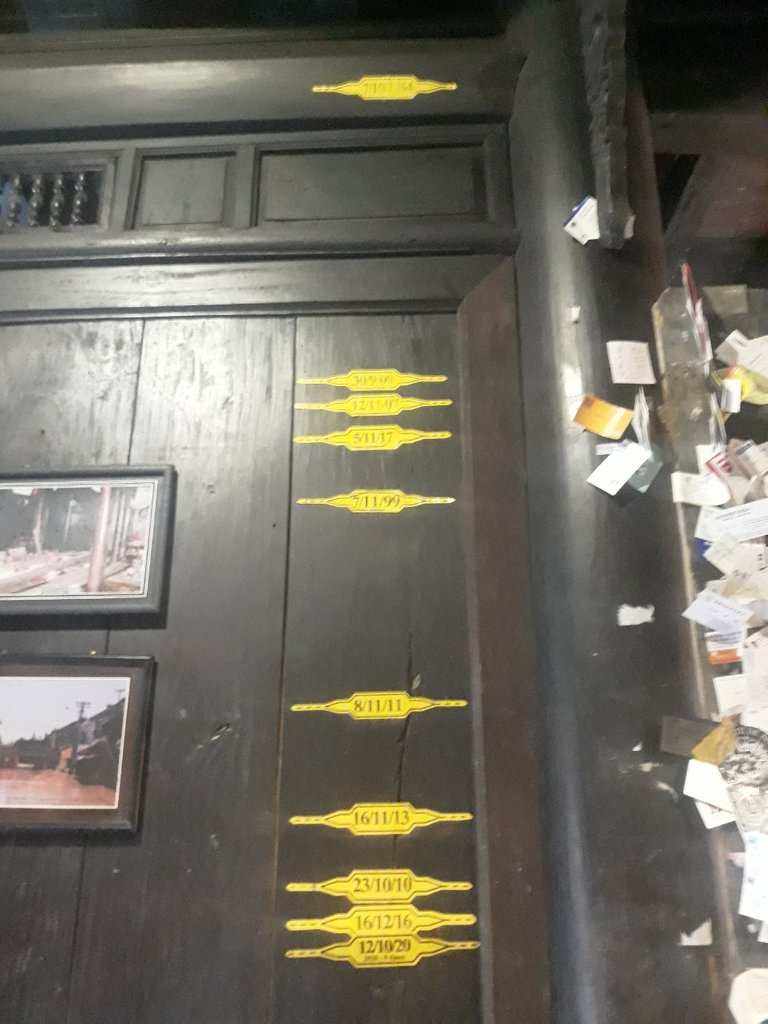
What to eat?
Mót — An herbal drink that is made from a variety of spices such as ginger, lemon, lemongrass, green tea, daisy flowers, and so on. It not only offers lots of health benefits but can also satisfy anyone on a hot day.
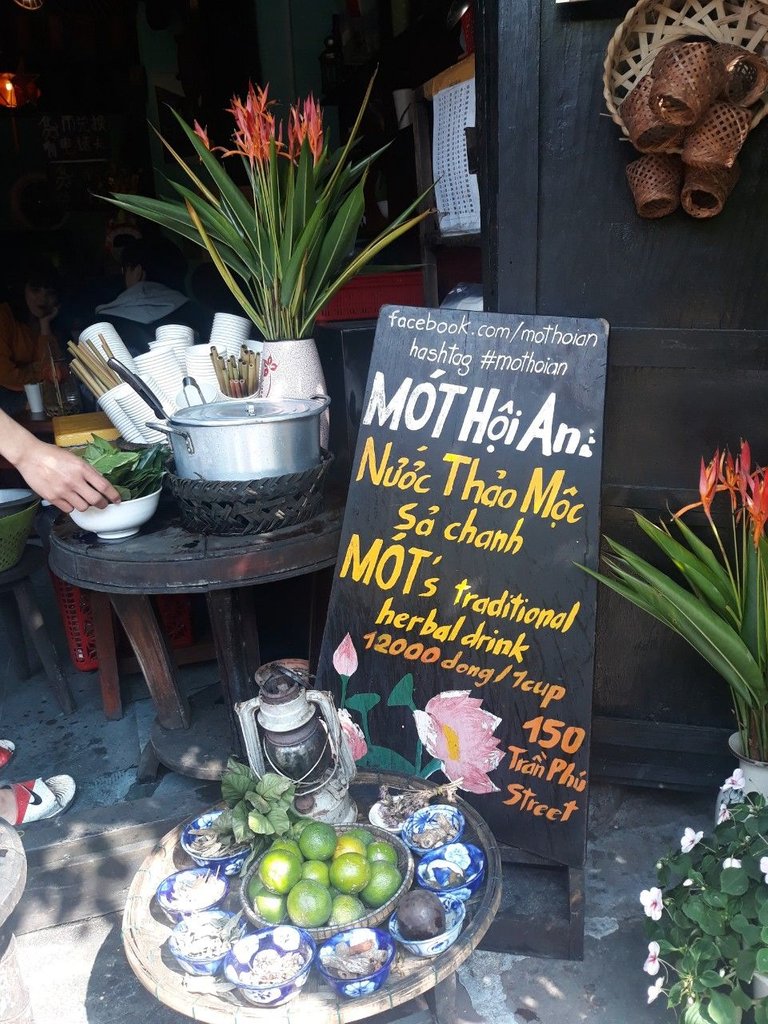
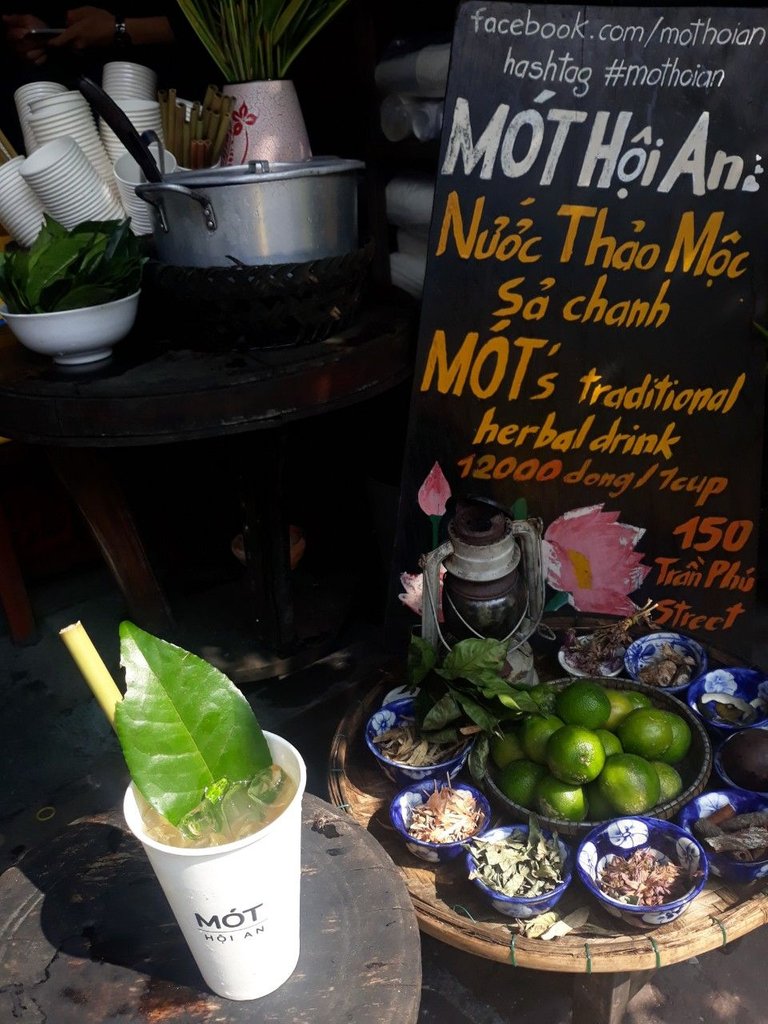
The aroma and flavor were so good, that I just couldn’t help but want to come back for more.
Chè — sweet soup

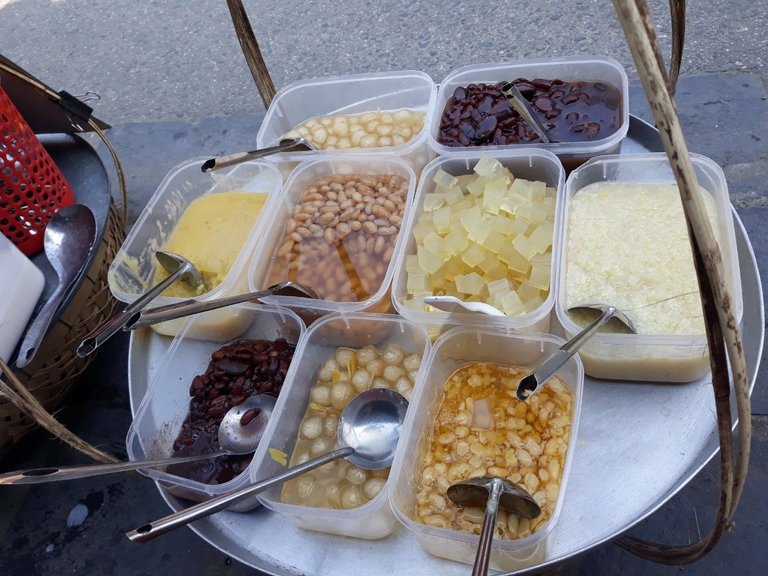
Cao Lau — This is known as a cuisine in Hoi An, vermicelli noodles serve with char siu (Chinese barbeque pork), pork crackling, bean sprout and herbs, the chewy texture of the noodles really makes “Cau lau” different from other vermicelli dishes.
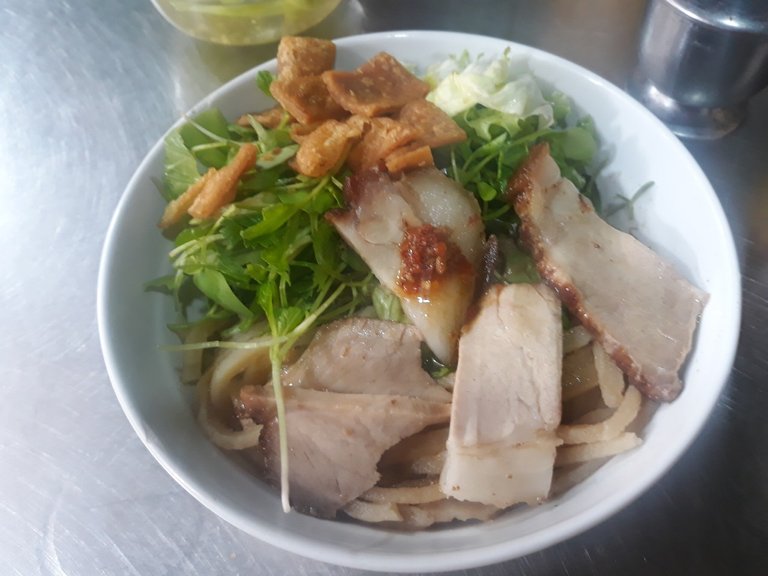
Chicken rice
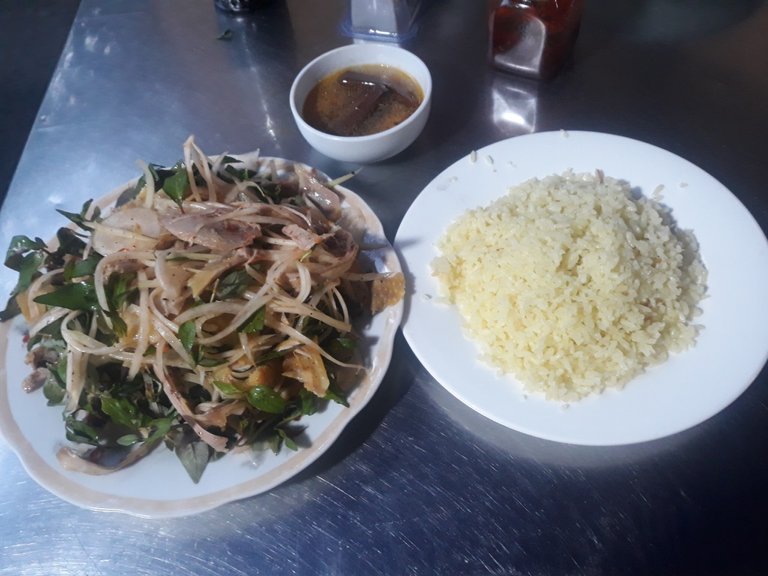
Chili paste

Banh mi
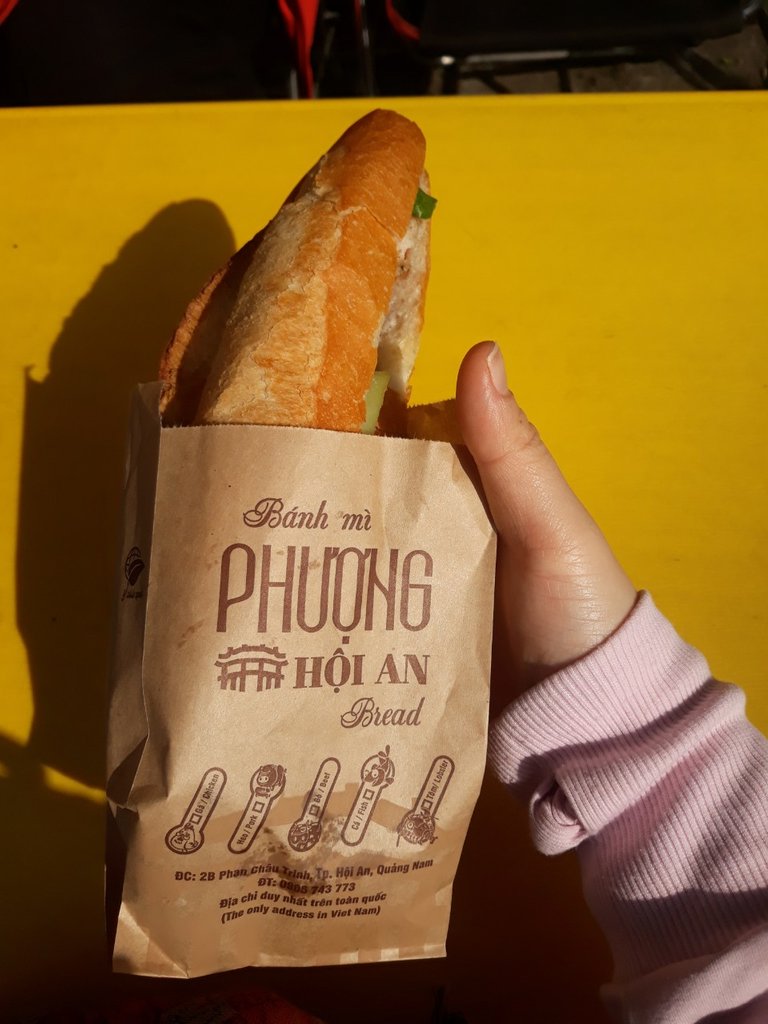
Though you can try Banh mi all across the country, Banh mi Hoi An and Banh mi Phuong have a distinctive flavor that maybe you cannot find anywhere else.
Wow! It's been a long day! Thanks for following through this tour!
I hope you enjoy it. See you next time!




